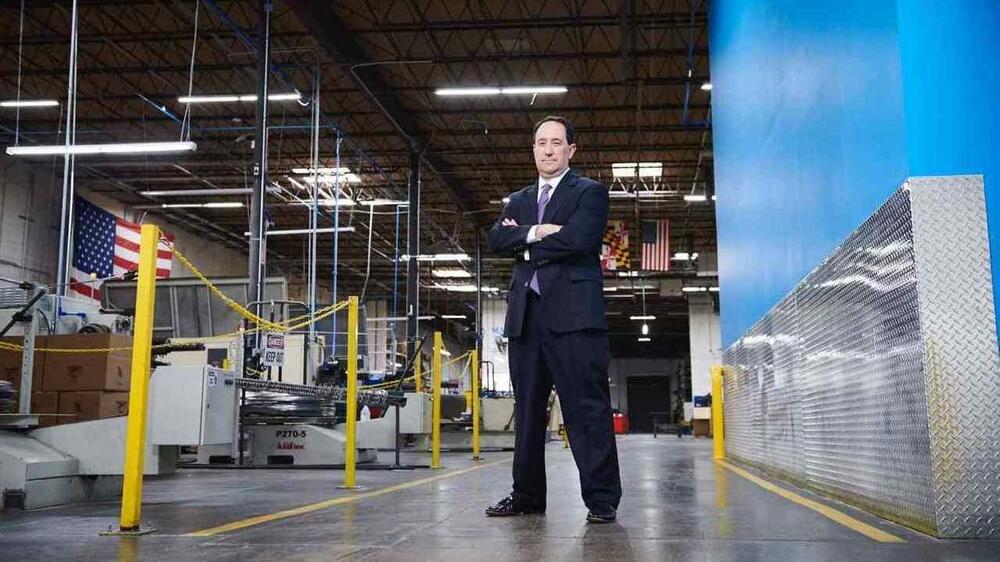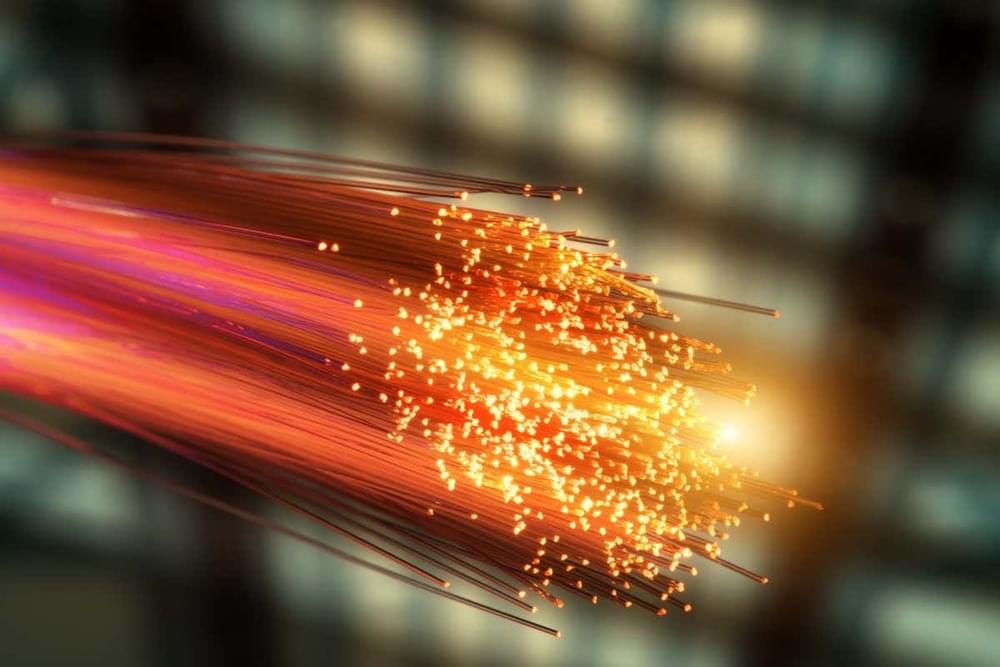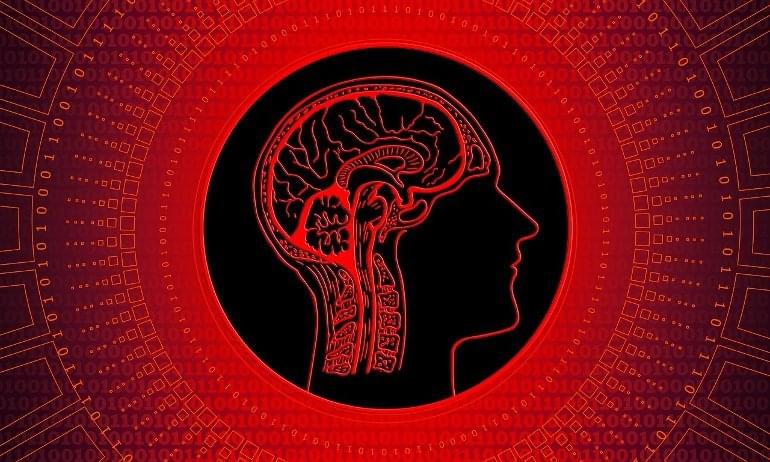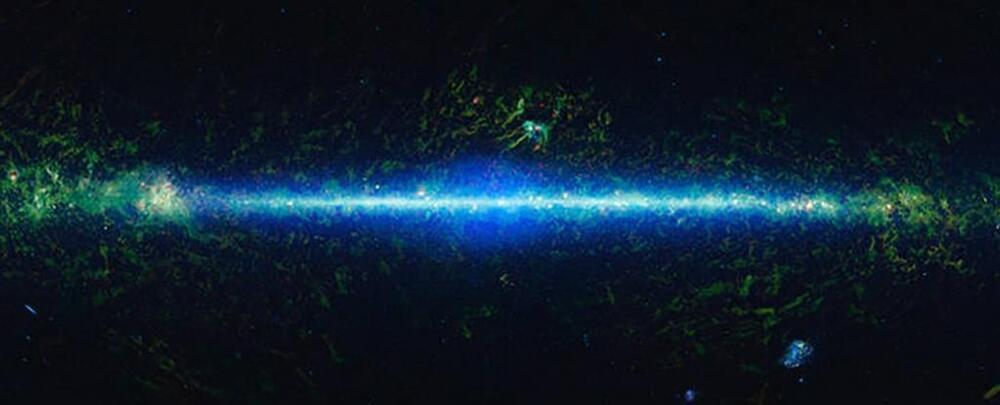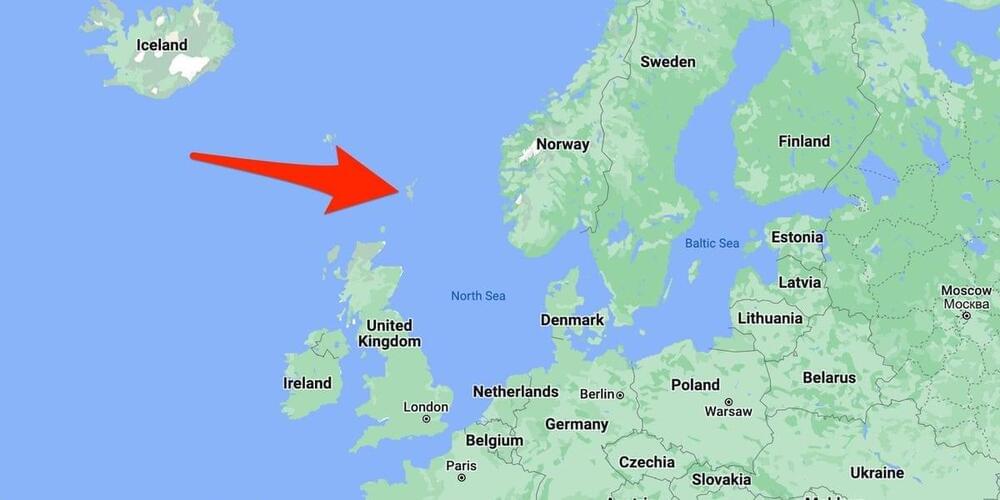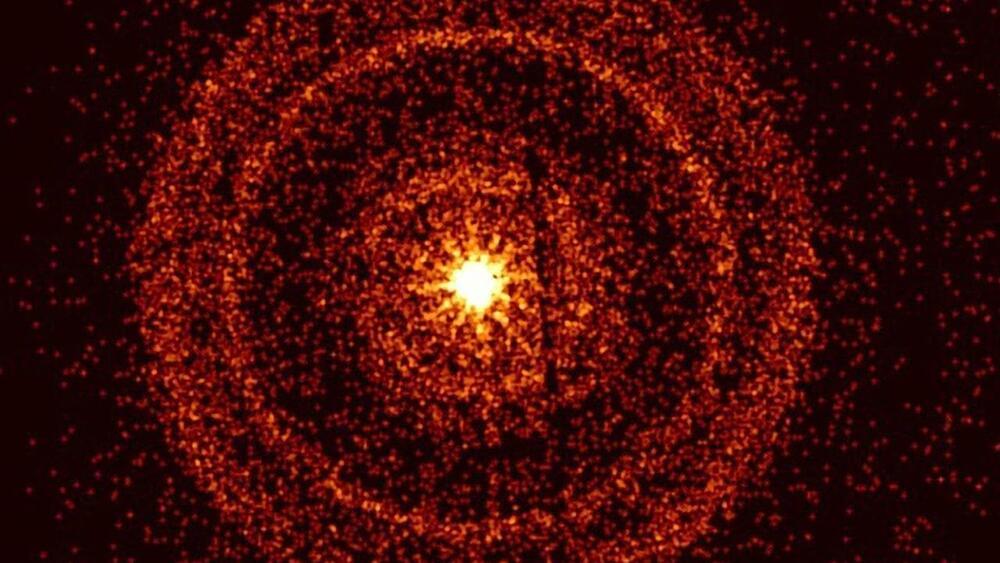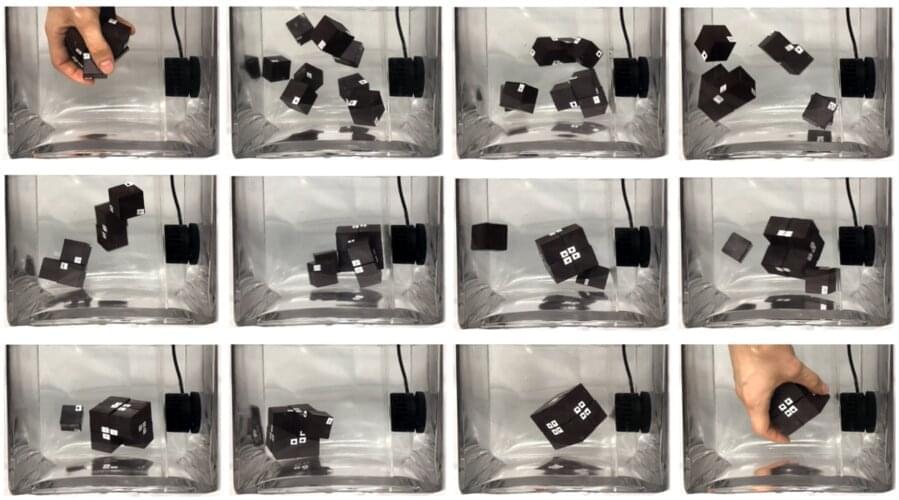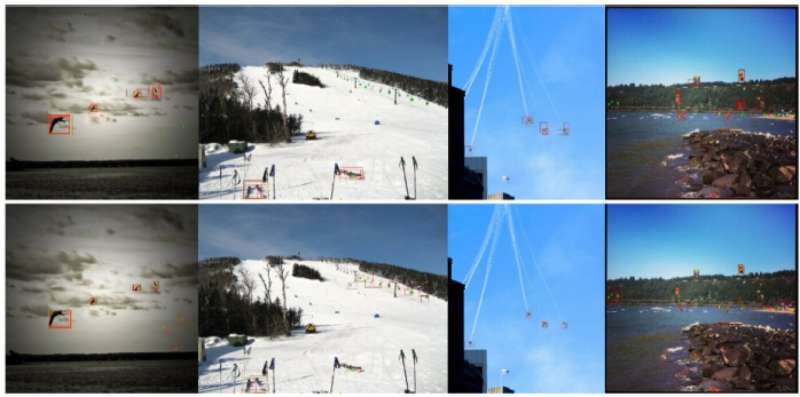Factories have added 467,000 jobs in the last 12 months, as production jumped to its highest level since 2008. But manufacturing remains a much smaller slice of the U.S. economy than it used to be.
A single computer chip has transmitted a record 1.84 petabits of data per second via a fibre-optic cable – enough bandwidth to download 230 million photographs in that time, and more traffic than travels through the entire internet’s backbone network per second.
Asbjørn Arvad Jørgensen at the Technical University of Denmark in Copenhagen and his colleagues have used a photonic chip – a technology that allows optical components to be built onto computer chips – to divide a stream of data into thousands of separate channels and transmit them all at once over 7.9 kilometres.
First, the team split the data stream into 37 sections, each of which was sent down a separate core of the fibre-optic cable. Next, each of these channels was split into 223 data chunks that existed in individual slices of the electromagnetic spectrum. This “frequency comb” of equidistant spikes of light across the spectrum allowed data to be transmitted in different colours at the same time without interfering with each other, massively increasing the capacity of each core.
Summary: In a highly competitive environment, Trinidadian killifish grow larger brains. This neuro-evolution allows for greater fitness and survival rates.
Source: UT Arlington.
In response to a high-competition environment, Trinidadian killifish evolve larger brains, increasing their fitness and survival rates, according to a new study in Ecology Letters by biologists at The University of Texas at Arlington.
NASA continues to outdo itself with the majestic images of space that it keeps releasing – but even by the agency’s high standards, a 12-year timelapse of the entirety of the night sky is an impressive achievement.
The imagery has been captured over those years by the NEOWISE (Near-Earth Object Wide Field Infrared Survey Explorer) space telescope, which was originally launched in 2009 under the previous name ‘WISE’ to study the Universe outside of our Solar System.
It has since been repurposed, and renamed, to track near-Earth objects including asteroids and comets.
Local police said there was a “complete outage” on the Shetland Islands, with a communications company pointing to undersea cable damage.
Astronomers have captured the aftermath of a dramatic gamma-ray burst, which was likely triggered by the death of an enormous star, and the brightest cosmic explosion ever detected.
While automated manufacturing is ubiquitous today, it was once a nascent field birthed by inventors such as Oliver Evans, who is credited with creating the first fully automated industrial process, in flour mill he built and gradually automated in the late 1700s. The processes for creating automated structures or machines are still very top-down, requiring humans, factories, or robots to do the assembling and making.
However, the way nature does assembly is ubiquitously bottom-up; animals and plants are self-assembled at a cellular level, relying on proteins to self-fold into target geometries that encode all the different functions that keep us ticking. For a more bio-inspired, bottom-up approach to assembly, then, human-architected materials need to do better on their own. Making them scalable, selective, and reprogrammable in a way that could mimic nature’s versatility means some teething problems, though.
Now, researchers from MIT’s Computer Science and Artificial Intelligence Laboratory (CSAIL) have attempted to get over these growing pains with a new method: introducing magnetically reprogrammable materials that they coat different parts with—like robotic cubes—to let them self-assemble. Key to their process is a way to make these magnetic programs highly selective about what they connect with, enabling robust self-assembly into specific shapes and chosen configurations.
Ask a smart home device for the weather forecast, and it takes several seconds for the device to respond. One reason this latency occurs is because connected devices don’t have enough memory or power to store and run the enormous machine-learning models needed for the device to understand what a user is asking of it. The model is stored in a data center that may be hundreds of miles away, where the answer is computed and sent to the device.
MIT researchers have created a new method for computing directly on these devices, which drastically reduces this latency. Their technique shifts the memory-intensive steps of running a machine-learning model to a central server where components of the model are encoded onto light waves.
The waves are transmitted to a connected device using fiber optics, which enables tons of data to be sent lightning-fast through a network. The receiver then employs a simple optical device that rapidly performs computations using the parts of a model carried by those light waves.
Researchers from the Hefei Institutes of Physical Science (HFIPS) of the Chinese Academy of Sciences (CAS) have proposed a new artificial intelligence framework for target detection that provides a new solution for fast and high-precision real-time online target detection.
Relevant results were published in Expert Systems with Applications.
In recent years, deep learning theory has driven the rapid development of artificial intelligence technology. Object detection technology based on deep learning theory is also successful in many industrial applications. Current research focuses on improving the speed or accuracy of target detection and fails to take efficiency and accuracy into account. How to achieve fast and accurate object detection has become an important challenge in the field of artificial intelligence.
Field-effect transistors (FETs) are transistors in which the resistance of most of the electrical current can be controlled by a transverse electric field. Over the past decade or so, these devices have proved to be very valuable solutions for controlling the flow of current in semiconductors.
To further develop FETs, electronics engineers worldwide have recently been trying to reduce their size. While these down-scaling efforts have been found to increase the device’s speed and lower the power consumption, they are also associated with short-channel effects (i.e., unfavorable effects that occur when an FET’s channel length is approximately equal to the space charge regions of source and drain junctions within its substrate).
These undesirable effects, which include barrier lowering and velocity saturation, could be suppressed by using 2D semiconductor channels with high carrier mobilities and ultrathin high–k dielectrics (i.e., materials with high dielectric constants). Integrating 2D semiconductors with dielectrics with similar oxide thicknesses has been found to be highly challenging.
